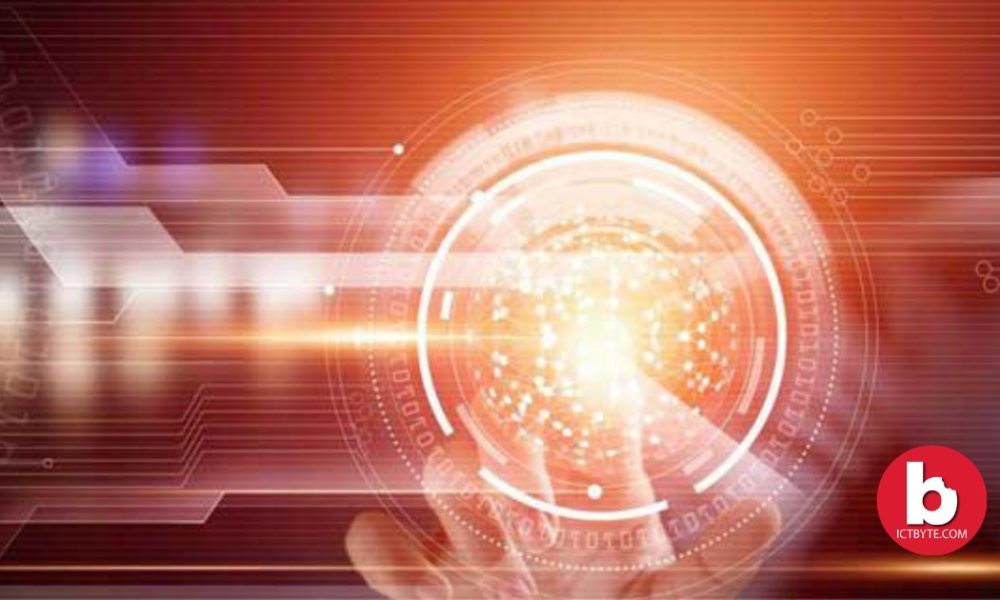Last Updated on by ICT Byte
Predicting specific technology trends for 2023 with certainty is difficult, as the field of technology is constantly evolving and new developments are being made all the time. However, there are a few trends that are likely to continue or emerge in the coming years:
- Artificial intelligence (AI) and machine learning: AI and machine learning technologies are expected to continue to advance and become more prevalent in a variety of industries. These technologies allow computers to learn and adapt over time without being explicitly programmed, enabling them to perform tasks that would normally require human intelligence, such as language translation and image recognition. In the coming years, it is likely that we will see AI and machine learning being used in a wide range of applications, including healthcare, finance, and manufacturing. For example, AI-powered chatbots and virtual assistants are becoming increasingly common in customer service, while machine learning algorithms are being used to analyze large datasets and make predictions in fields such as finance and healthcare.
- Internet of Things (IoT): The IoT, which refers to the interconnectedness of devices through the internet, is expected to continue to grow and expand in the coming years. This may include the development of smart homes and cities, as well as the integration of IoT technology into a variety of industries. For example, connected devices such as smart thermostats and security cameras allow users to monitor and control their homes remotely, while sensors and other IoT technologies are being used in industries such as agriculture and transportation to increase efficiency and improve decision-making.
- Augmented and virtual reality: The use of augmented and virtual reality technologies is expected to continue to grow in the coming years, with potential applications in fields such as education, entertainment, and healthcare. Augmented reality (AR) involves superimposing digital information onto the real world, while virtual reality (VR) involves creating a completely immersive digital environment. Both AR and VR have the potential to revolutionize the way we interact with the world and each other, with applications ranging from gaming and entertainment to training and education. For example, VR technology is being used to train surgeons and other medical professionals, while AR is being used to enhance shopping experiences and provide information about products and services in real-time.
- Blockchain: The use of blockchain technology is expected to continue to expand in the coming years, particularly in the areas of finance and supply chain management. A blockchain is a decentralized, distributed database that allows multiple parties to securely store and share information without the need for a central authority. This technology has the potential to disrupt a wide range of industries by enabling secure and transparent transactions and record-keeping. In the financial industry, for example, blockchain technology is being used to facilitate secure and efficient money transfers, while in supply chain management, it is being used to track the movement of goods and ensure the authenticity of products.
- Cybersecurity: As the number and sophistication of cyber threats continues to grow, cybersecurity is expected to remain a key area of focus for businesses and individuals. Cyberattacks can have serious consequences, including the theft of sensitive data, financial losses, and reputational damage. As such, it is important for organizations to implement strong cybersecurity measures to protect themselves and their customers. This may include measures such as encrypting data, using secure passwords, and regularly updating software and systems to fix vulnerabilities.
It is important to note that these are just a few examples of potential technology trends and that the field of technology is constantly evolving, so it is likely that there will be many other developments and trends in the coming years. Some other potential trends to keep an eye on include the increasing use of cloud computing, the development of quantum computing, and the rise of 5G technology.















